The last couple of weeks have been testing to say the least, with challenging cycling routes, bad weather, high altitude, culture change and severe stomach problems.
I left my awesome host Jaime (and my guitar) in Antofagasta and headed towards Calama.
Calama is, like Antofagasta, a copper mining town, and the copper export is Chile’s most important industry. Just outside of Calama the world’s largest open pit mine is situated. Chuquicamata is 1 km deep, 3.5 km wide, 4.5 km long, and it’s growing; Geologists have found that they can still dig one more kilometer down to extract copper. Our guide told me that they had been digging for about a hundred years, and they would be able to keep working a hundred more. I wonder if he thought about the world’s ever growing need for copper…
After Calama I rode to San Pedro de Atacama, which really is special place. The fact that it’s located in the Atacama desert, the most arid desert in the world, is quite hard to understand; it had been raining before I arrived and the landscape is not at all as arid as what I’ve experienced of the Atacama before. What I appreciated most was Laguna Cejar, where you could swim (or float is a better suited word) in the super salty water.
When I was tired of all the tourists, I started my ascent towards Bolivia and the “Altiplano”, which literally means the high planes. From San Pedro, with an altitude of about 2400 m it was 43 km of steep uphill to the Bolivian border at 4650 m above sea level. Because of the lack of oxygen, I had to push my bike the last 10 km up the hill, I just didn’t have the power to cycle. The high altitude was new to me, and in the beginning I had a really hard time coping with it. The first couple of days I had a strong headache, felt dizzy and it felt like I had fever. I always felt better the day after, so I decided not to stop and acclimatize further, which might have been the best thing to do.
I was very prepared for and scared of this route, which sometimes is called the Laguna route, in southwest of Bolivia. The difficulties here are not only the high altitude, but also horrible road conditions (heard it before?), violent weather (especially in the rain season from December to March), and very few places to get water and supplies. When I arrived to San Pedro the border crossing Hito Cajón was closed because of snow blocking the roads, and I was afraid that maybe I would get caught and buried in a snowstorm in the middle of nowhere. Fortunately that didn’t happen, but everyday in the afternoon/night there were thunderstorms and with sometimes a lot of rain. One time I was chased by a thunderstorm which shot hail in my back, and while trying my best to keep away from it I thought a lot: Wonder how big the possibility is to be struck by lightning while being on a bicycle on a big open field? I guess that the rubber and air in the tyres isolate some, but is it sufficient to not be fried? If someone knows, please contact me, would be nice to know! 🙂
Because of the difficulty to get water and supplies I brought from San Pedro 10 days worth of food, and I always carried at least 8 liters of water (for roughly two days). This though, turned out to be totally unnecessary, because the tourist hype has reached even this remote and harsh area of the world. Refugios have clearly been popping up everywhere on this route the last couple of years, and you don’t have to be afraid of being left alone. The abundance of 4×4 vehicles is sometimes irritating, especially because the majority of them drive like madmen.
I took the eastern route from Laguna Colorada, because I’d heard that it was in better condition (I wasn’t keen on pushing my bike through deep sand or mud) and there are also more villages on this route. “Better” in this context means that the road was (barely) rideable, but not more than that.
The highest pass on this route (and in my life) was at almost 5000 m (4930-5000 m depending on who you asked), and on this altitude there is only about 50% of the oxygen content that is at sea level. This makes it quite difficult to cycle, especially on bad roads and with a heavy bicycle.
One night I stayed at a borax (a kind of salt) mine encampment, where one of the workers invited me in his simple room that smelled like diesel. I got dinner and breakfast for free, and the day after I set of again. By mistake I cycled straight into the field of borax, and the surface was like clay that stuck to my bike and made it impossible to cycle. After a thorough removing of the super sticky stuff, I continued. 8 days after leaving San Pedro I arrived in Uyuni.
Uyuni as a town was for me nothing special, just an expensive gringo-hangout. I was very happy for the warm shower though! Clean as never before I went on a tour to the famous Salar de Uyuni, which is the largest salt flat in the world. Because of the lack of perspective in the surroundings, it’s possible to take some rather funny photos!
In the area around the salar they even build houses out of salt, like this one below. Bolivia has 50% of the world’s lithium resources, but just a small portion of it is being exploited. This is because the President Evo Morales doesn’t let foreign companies in to the country; he says he wants the people of Bolivia to gain of the country’s rich resources.
It was quite a culture chock I got when entering Bolivia, because the culture and customs here differ greatly from those in Argentina and Chile. The fact that the country has historically been hard to access because of the location in the mountains, the indigenous culture has been more preserved here. I find people, especially outside of cities, a bit shy and more harsh in their manners. When speaking with them for a while though, they turn out to be very nice and welcoming.
I arrived to a small town between Oruro and La Paz, and was very happy to find accommodation there. The owner showed me a room where I could sleep, and I asked him where the toilet was. “Over there”, he said and pointed to the end of the garden. “There is a small canal which runs out on the street, you see it?”. I saw it, but had a hard time believing what he said. It was true though, that was the toilet!
Bolivia is a lot cheaper than Chile and Argentina, and especially the food. On the street they sell all kinds of delicious food and you can get a meal for about 1 dollar! I arrived to La Paz and ate like crazy, because I had been on the road for a long time and hadn’t eaten properly. As I soon learnt though, you have to be careful with what you eat; I got some really bad parasite in my stomach after two days in La Paz and I’m now taking antibiotics to survive it.
La Paz is a big city and is one of the capitals of Bolivia (Sucre is the other one). It’s characterized by its high altitude (3600 m) and steep hills. For me it’s mostly characterized by its bad air; the contamination from the old cars donated or sold by richer countries, one of them being Sweden (I see a lot of old long haul trucks that still have the Swedish company name on it), is severe. It’s really black smoke coming from the many cars and taxis in the city, and the altitude combined with the poor quality of the fuel does the exhausts even dirtier.
Well, that’s all folks! In a couple of days I will head on towards Lago Titicaca, and then Cuzco, Peru, where I will meet up with my good friend and cycling partner Martin! Exciting times awaits… 🙂
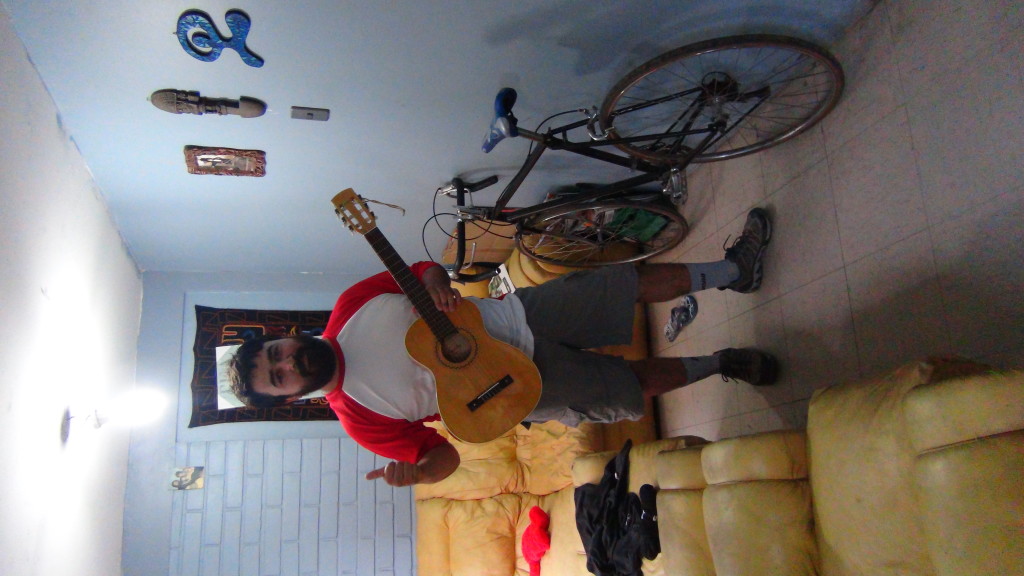

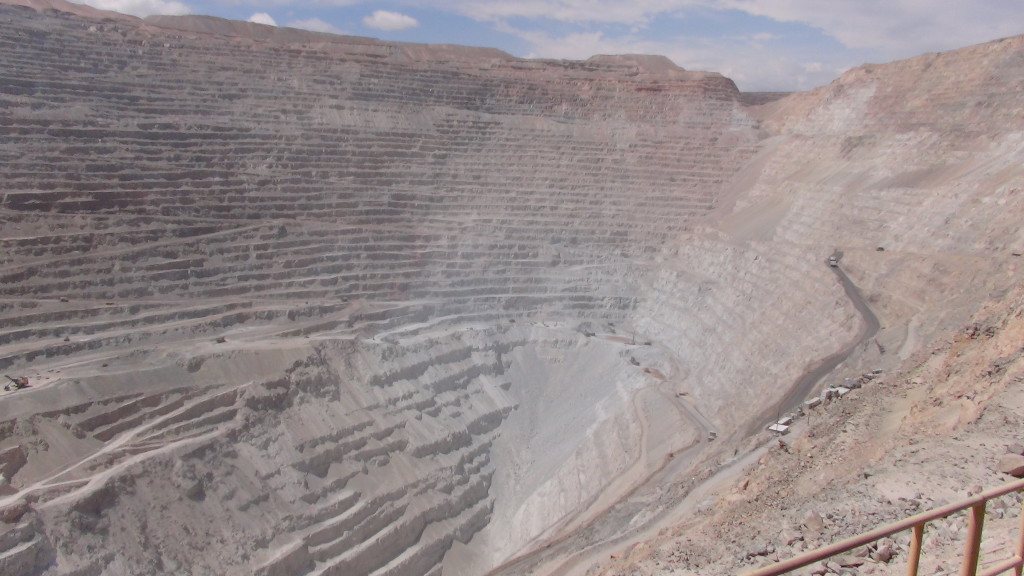
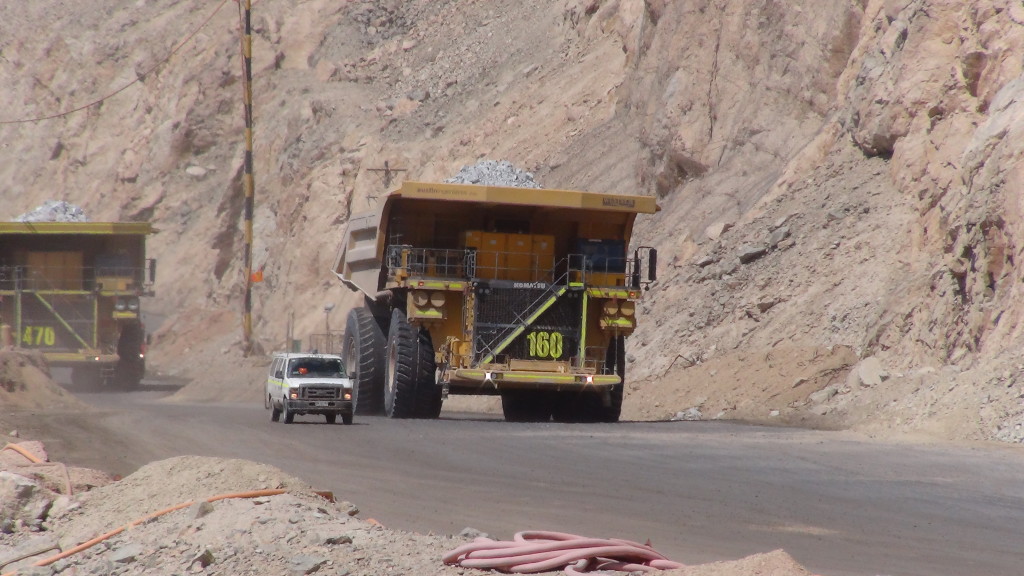
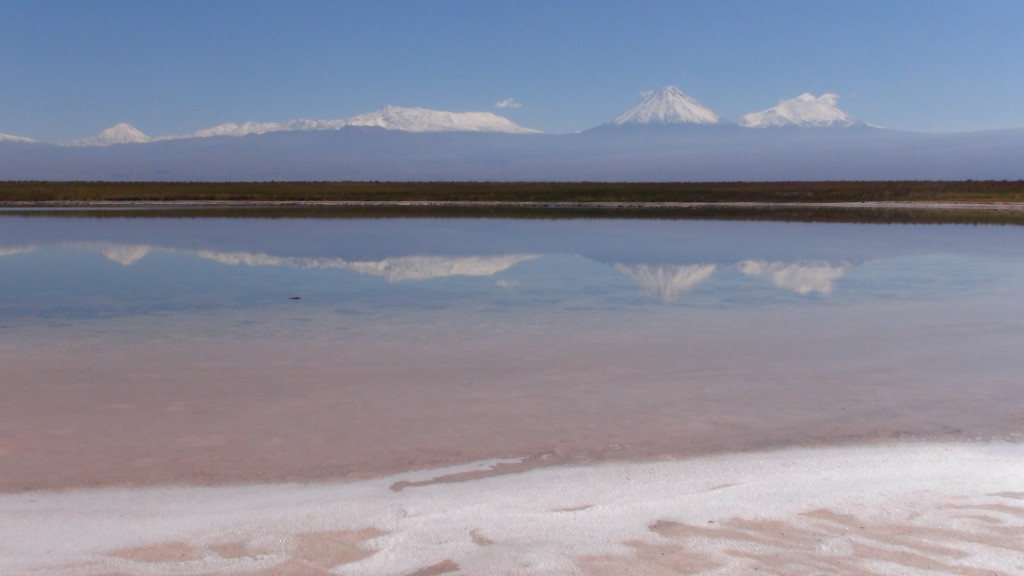

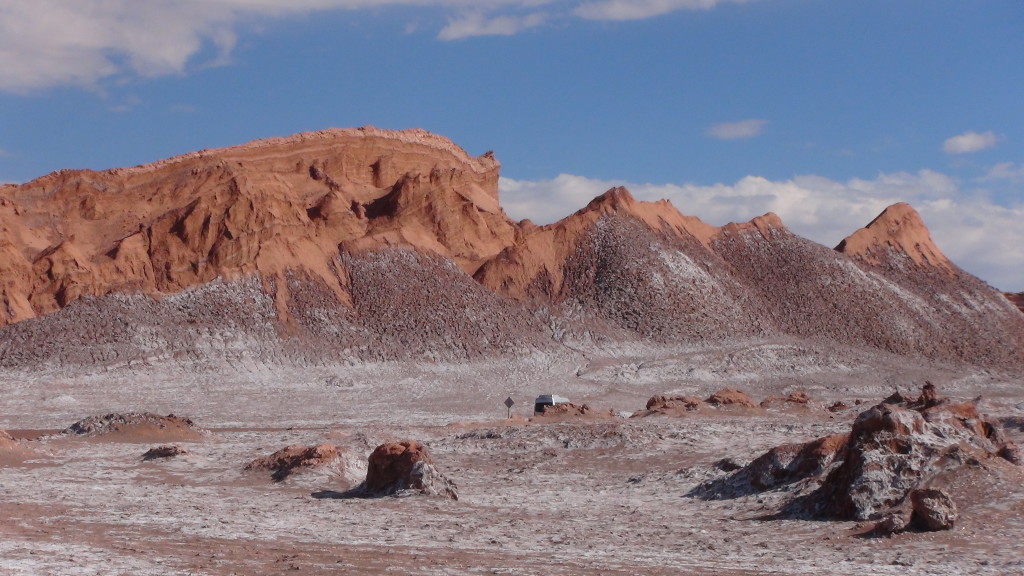
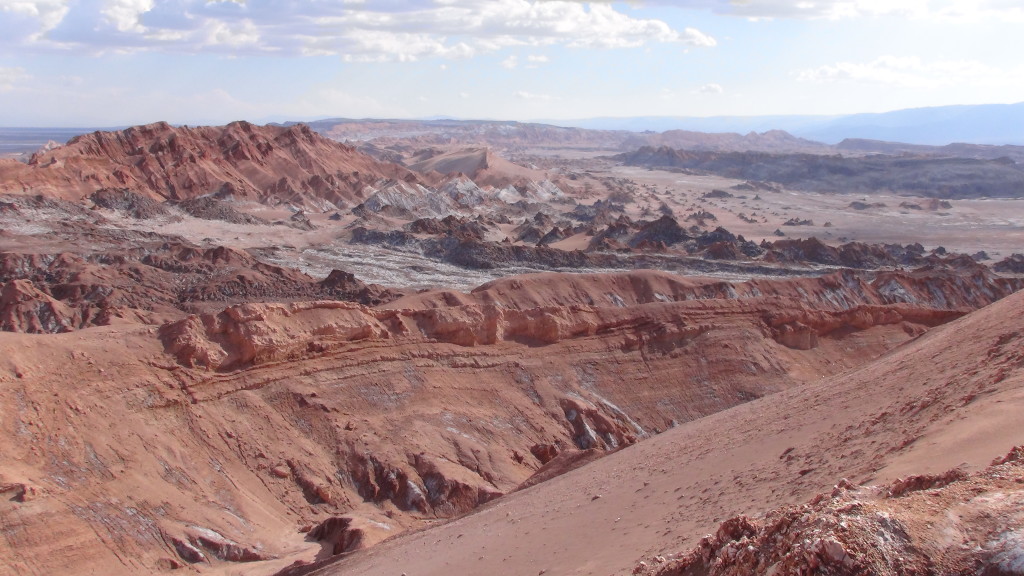
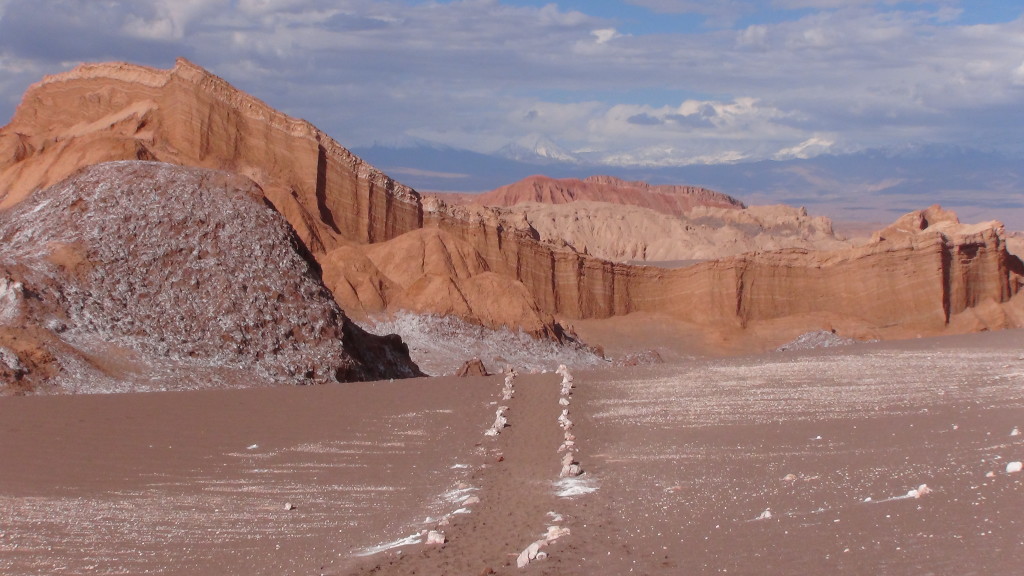





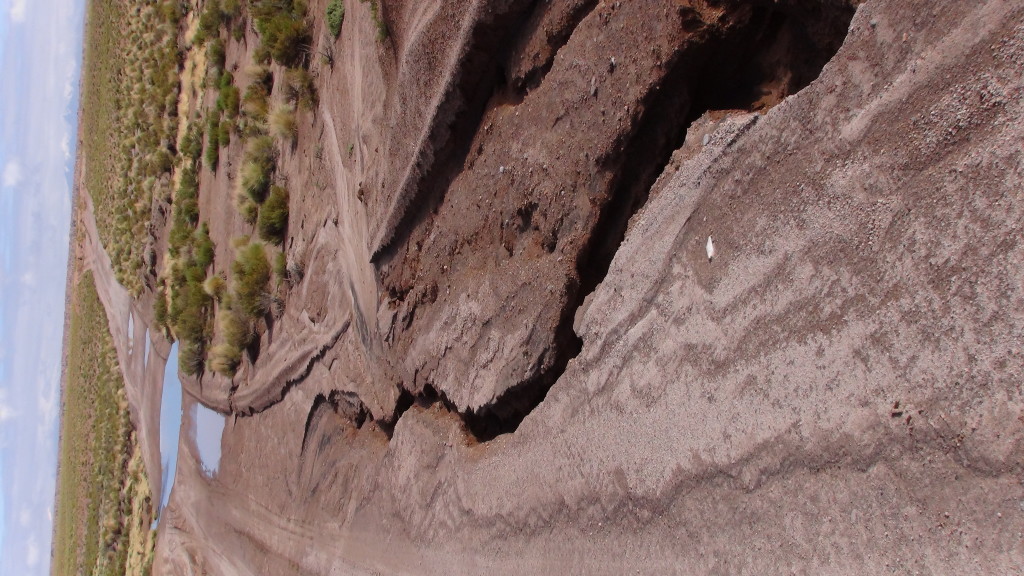
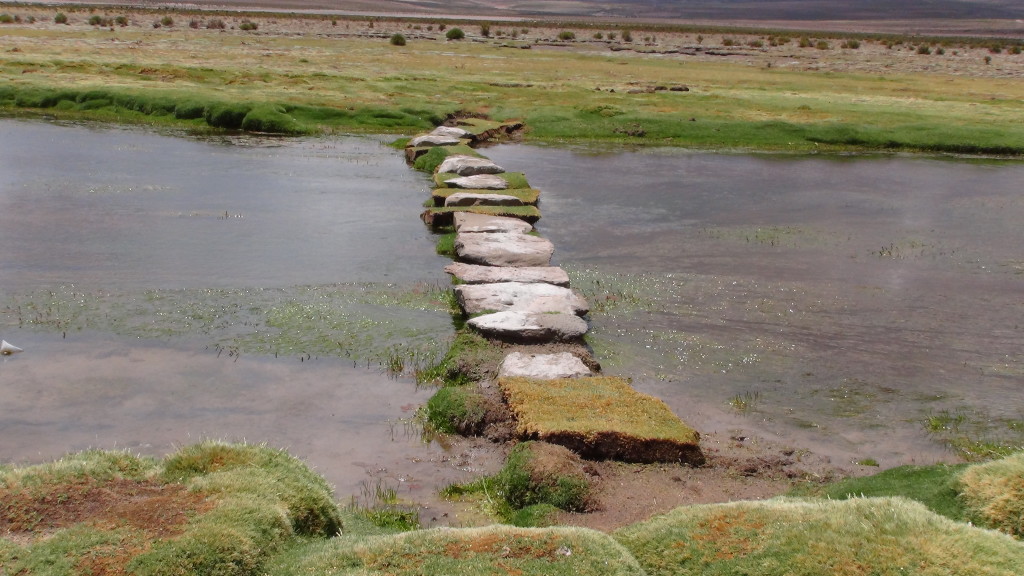

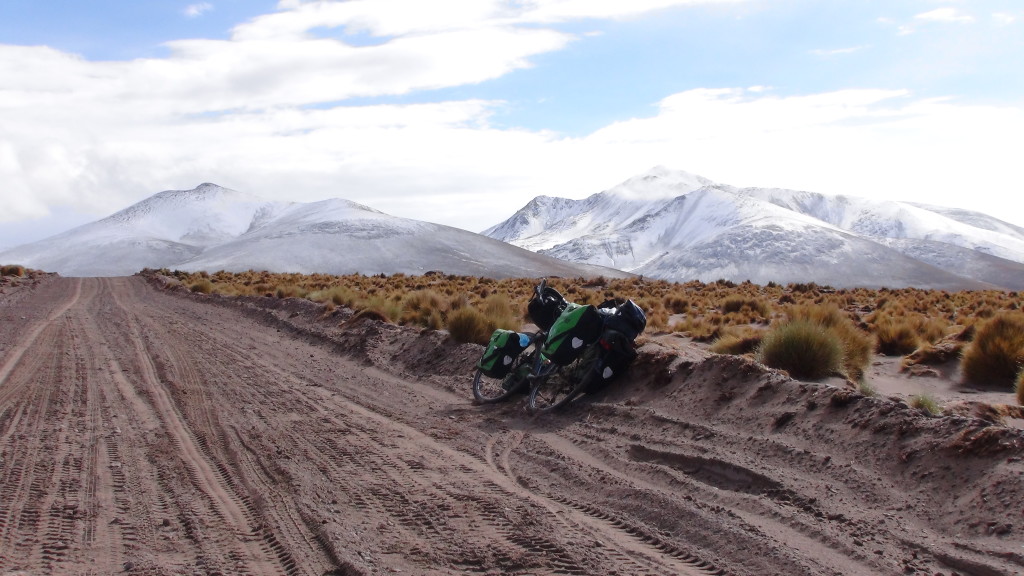
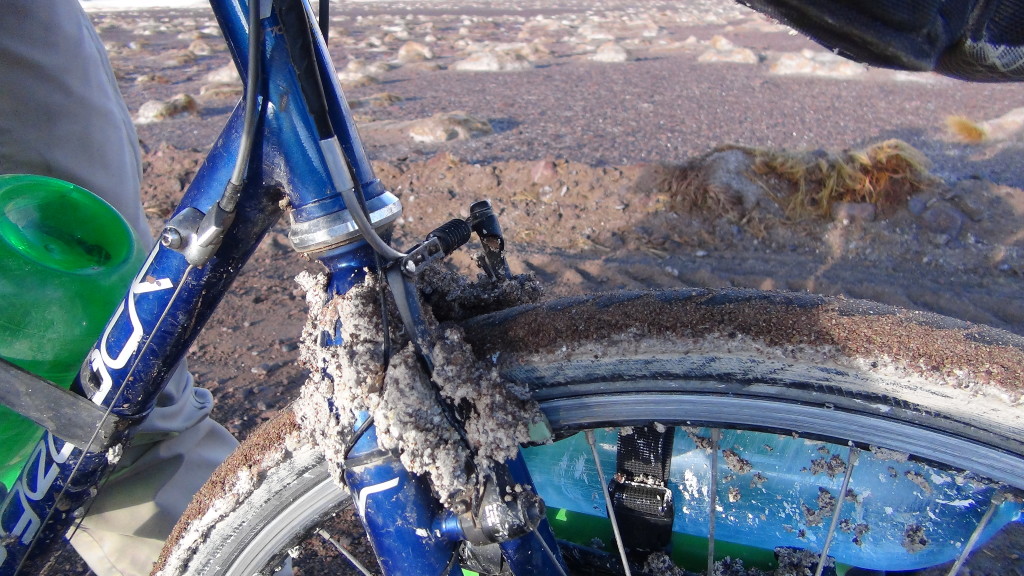




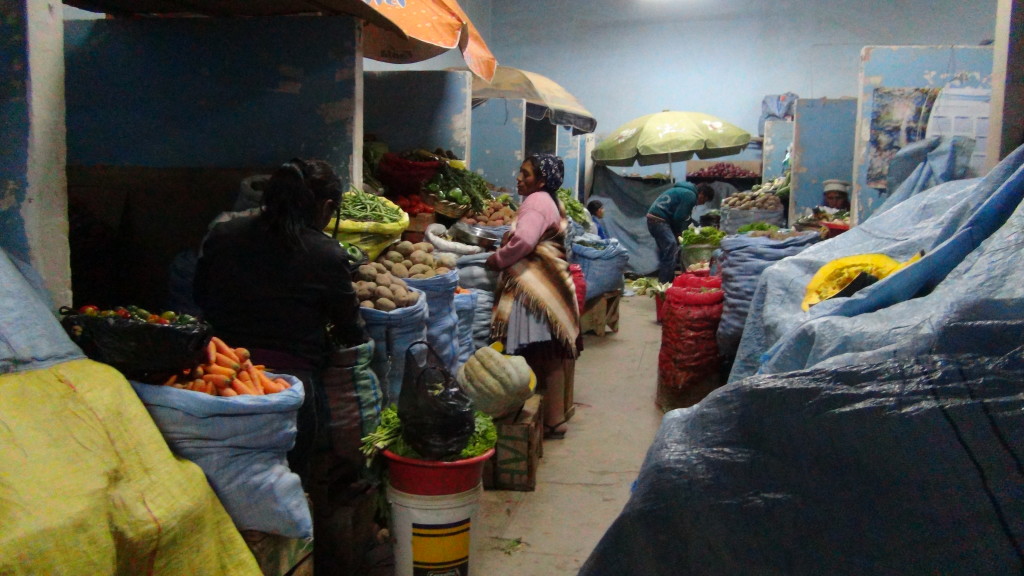

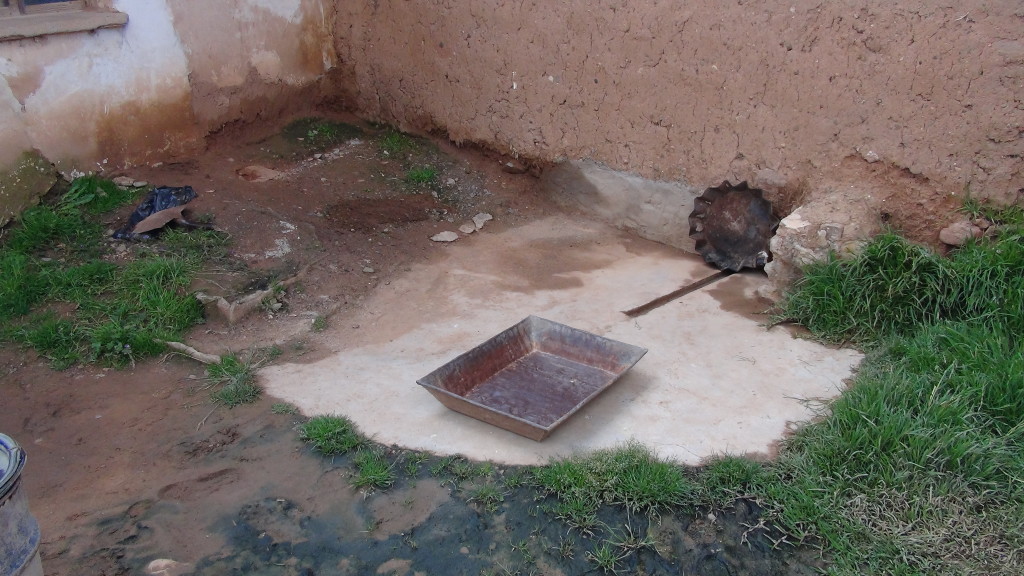

som alltid lika intressant att läsa om dina äventyr! och jag börjar ju känna igen mig nu:) Farligt, eftersom jag blir så sugen på att åka tillbaka:). saknar dig !! kram
Hej Affe!
Jag har sagt det förr men det tåls att säga igen: du är en kämpe och jag är sjukt imponerad!
Hoppas magen blir bättre, ta hand om dig!
Kram
Ps. Jättefina bilder!
Det är så spännande att få ta del av dina äventyr!
Jag är mäkta imponerad både av dina upplevelser, ditt sätt att skriva och dina bilder!
Inte illa att cykla på de höjderna! Vi var vid Mount Everest base camp i oktober (5200 m.ö.h.). Man orkar inte mycket på de höjderna…..då hade vi ändå några dagar på oss att acklimatisera oss.
Lycka till med din fortsatta tur, jag ser fram emot ditt nästa inlägg.
Så himla fint att se dig och läsa om det du får chansen att vara med om! Bilderna är väldigt fina och de ställen du väljer att besöka likaså, krya på dig och fortsätt att ta bilder på dig i häftiga miljöer!
Kram
Ännu en gång otroligt spännande och intressant läsning! Du kommer vara härdad som få när du kommer tillbaka! Ska bli kul att läsa om hur det har gått för Martin!
Hey! Good to hear you made it through the Altiplanos OK. It was great to meet you and really inspiring! We are both back in Australia and missing the landscapes, people and $1 meals!! So reading your account while cooking lunch in 36degC Brisbane made us really happy… 🙂
Good luck with your trip which gave us some ideas for the future… A cycle trip through Europe being the first cab on the rank!
Ciao! A bientot! Buena suerte!
Alltid lika fantastisk att få ta del av din resa! Pratade precis med martin igår innan han skulle åka. Han verkade lite nervös men också peppad. Hoppas ni får det fint tillsammans och att ni tar hand om varandra!
Alfred! Du är så himla episk, fett att få se och läsa om din resa / Johan
Vilken spännande resa, verkligen modigt av dig! Jättefina bilder. Lycka till på resten av resan! Hälsningar från Viktoria, Svea Vaccin i Malmö 🙂
Kungligt Alfredo!
Hej igen Alfred!
Fick precis ett mycket fint vykort i brevlådan och ville bara tacka så mycket. 🙂
Det värmde i vinterkylan!
Hoppas allt är bra med dig och Martin! Jag väntar i spänning på nästa inlägg!!!
Stor kram till er båda
Hej Alfred!
Max har berättat mycket om ditt äventyr och först nu har jag tagit mig tid att gå in och läsa på din blogg. Jag har ju missat jättemycket! Djupt imponerad över ditt mod och din vilja – vilken kämpe! Och vilket äventyr du är ute på! Fantastiska bilder och fantastiska historier.
Nu måste jag läsa vidare…. Kom försent till jobbet imorse “bara lite till… lite till…” Så kan det gå 🙂
Sköt om dig!
Hej Mikaela! Vad roligt att du tycker om mina historier, det gör mig väldigt glad! Att du till och med blev sen till jobbet, det är ju det bästa betyget man kan få 🙂 Hoppas allt är bra med dig, och att du njuter av den svenska våren!
Hälsa familjen, kram!
Incredible Alfred. Really nice shots and you did capture the toughness of this route. We very much hope to be able to ride it, in reverse that is :). All the best for your last Colombian push and regards from Tumbaco (yes, still here!)